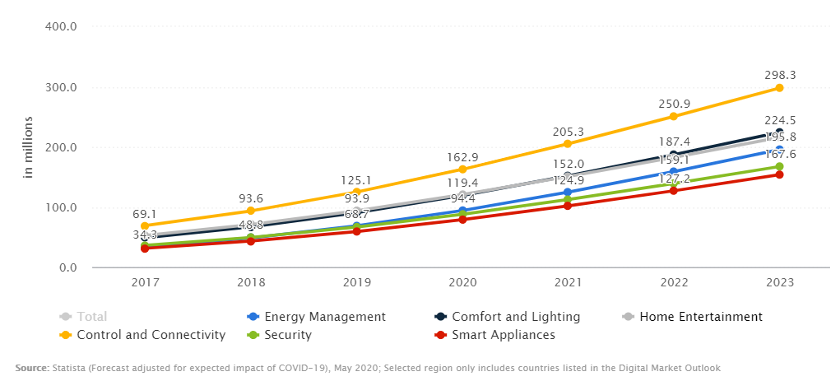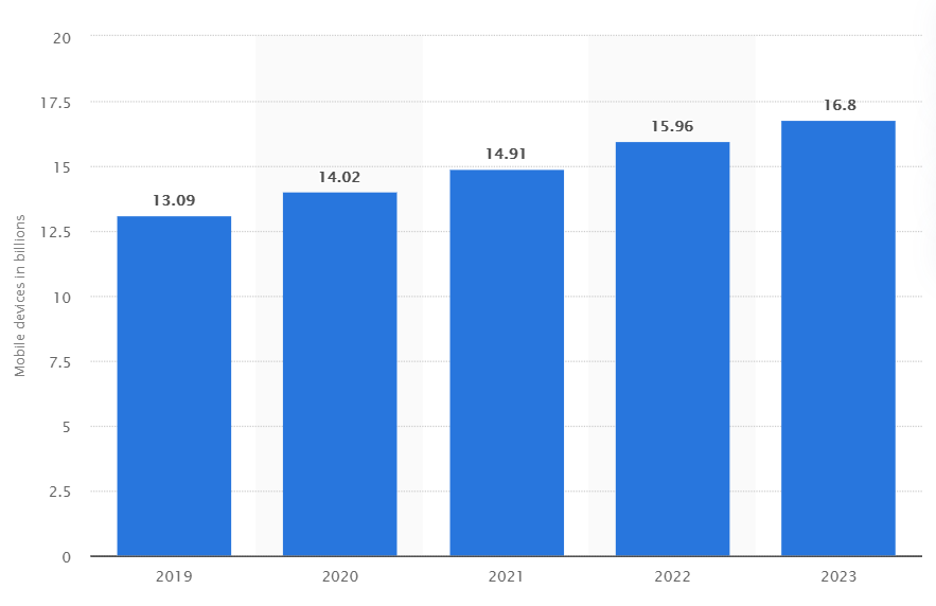IPv4 vs. IPv6
As more smart home products enter the market each year and consumers continue adopting the Internet of Things into their homes, it’s inevitable that the world would have run out of 4.3 billion unique IPv4 addresses. To combat this, innovators have developed the IPv6 protocol introducing over 340 undecillion (that’s 340,000,000,000,000,000,000,000,000,000,000,000,000) addresses!
What makes IPv4 and IPv6 so different? Let’s begin with understanding what IP (or Internet Protocol) is.
Internet Protocol
“Protocol” refers to using a set of rules and guidelines for communicating over the internet. It is the language of the internet that forces users to follow the standard rules for communication. An IP address is like your home address, which you use for communicating with the outside world. It is a string of unique numbers that identify your device over the internet, allowing your device to communicate with others using their unique IP addresses.
IPv4 and IPv6 addresses are both binary numbers that are expressed either in decimal or hexadecimal forms, respectively, and have two parts: the network the host parts. The network portion in the address is the unique identification assigned to the network, and the host part is the unique identification of each device connected to the network. So, for each device’s address connected to the network, the network portion in the address will be the same, however, the host part will differ.
IPv4
IPv4 uses 32-bit addressing, which is 232 addresses, allowing for 4,294,967,296 unique IP addresses worldwide. The IP address consists of four sets separated by dots, with each set ranging between 0 to 255.
At the time IPv4 was engineered in the 1980s, 4 billion IP addresses seemed like more than enough considering this protocol was initially used as an experiment for the US Department of Defense. IPv4 has since become the default protocol for the internet and with a world population of greater than 7.5 billion the IPv4 address space is not sufficient.
Knowing this, how are we still managing to provide unique IP addresses? You guessed it – by reusing IP addresses! Network address translation (NAT) helps reduce the use of public IP addresses by translating private IP addresses to public IP addresses. Inside a local network usually managed by a router, there may be multiple private IP addresses that are translated into public IP addresses when they want to communicate over the internet. Mercku’s M2 Queen router is enabled to perform translations and is capable of supporting 60 devices at once without compromising on communication speeds.
Figure 1: Smart Homes Worldwide

Source: Statista, May 2020, based on Statista Digital Market Outlook – Market Report
Figure 2: Forecast number of mobile devices worldwide from 2019 to 2023

Source: Statista, February 2020, based on Mobile Statistics Report, 2019-2023
By observing Figures 1 and 2, it is evident that the number of devices worldwide has been increasing and is forecasted to further increase for which Ipv4 address space is certainly not enough.
Since IPv4 address space has become insufficient, computer engineers around the world (Internet Engineering Task Force) decided to address this issue by introducing IPv6 with the intent to replace IPv4.
IPv6 uses 128-bit addressing, which overcomes the insufficiency of IP addresses worldwide. The number of unique IP addresses that can be generated with IPv6 is 2128 which is 340,282,366,920,938,463,463,374,607,431,768,211,456 IP addresses. IPv6 address has eight sets that are separated by a colon and have hexadecimal digits.
The Future of IP Addressing
IPv4 and IPv6 are not compatible and can’t directly communicate with each other, although there are transition mechanisms like NAT64 that allow for communication.
Many routers and servers that are currently in use are not IPv6 compatible quite yet and can only communicate with IPv4 addresses. However, as the world transitions more towards IPv6, internet service providers will need to replace their customer’s existing routers with newer ones that are IPv6-compatible.
There is no confirmed date when a complete transition will happen and it may take place over years, with an increasing number of applications and content accessible by IPv6. It is better to transition beforehand to IPv6 to avoid inconveniences in the future, and consumers with Mercku’s WiFi router won’t require any replacement.
Some of the additional features that IPv6 has includes:
- Stateless Auto-Configuration: Stateless Configuration allows devices on IPv6 network to configure and connect themselves to the internet without the need of a DHCP server
- Simultaneously connections to multiple networks: The configuration and interoperability capabilities of IPv6 allow the assignment of multiple IP addresses to one device.
- Internet Protocol Security: IPSec provides a network security layer. It is a mandatory feature in IPv6 while IPv4 also has this feature but is not compulsory in it; Network providers and end-users may not always use this feature.
To check if your device is IPv6-ready, you can visit http://test-ipv6.com/ for free online testing.
